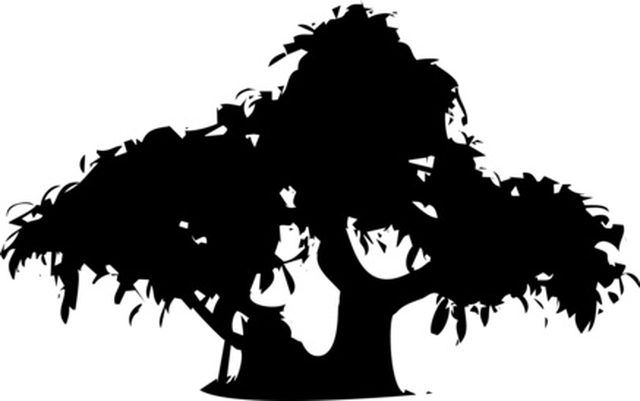Bulbs
Flower Basics
Flower Beds & Specialty Gardens
Flower Garden
Garden Furniture
Garden Gnomes
Garden Seeds
Garden Sheds
Garden Statues
Garden Tools & Supplies
Gardening Basics
Green & Organic
Groundcovers & Vines
Growing Annuals
Growing Basil
Growing Beans
Growing Berries
Growing Blueberries
Growing Cactus
Growing Corn
Growing Cotton
Growing Edibles
Growing Flowers
Growing Garlic
Growing Grapes
Growing Grass
Growing Herbs
Growing Jasmine
Growing Mint
Growing Mushrooms
Orchids
Growing Peanuts
Growing Perennials
Growing Plants
Growing Rosemary
Growing Roses
Growing Strawberries
Growing Sunflowers
Growing Thyme
Growing Tomatoes
Growing Tulips
Growing Vegetables
Herb Basics
Herb Garden
Indoor Growing
Landscaping Basics
Landscaping Patios
Landscaping Plants
Landscaping Shrubs
Landscaping Trees
Landscaping Walks & Pathways
Lawn Basics
Lawn Maintenance
Lawn Mowers
Lawn Ornaments
Lawn Planting
Lawn Tools
Outdoor Growing
Overall Landscape Planning
Pests, Weeds & Problems
Plant Basics
Rock Garden
Rose Garden
Shrubs
Soil
Specialty Gardens
Trees
Vegetable Garden
Yard Maintenance
How to Make an Oak Bonsai Tree
How to Make an Oak Bonsai Tree. The word bonsai means tray planting. Many people think that trees and plants are bonsaied for the purpose of growing them indoors, but traditionally bonsais are meant to grow outside. An oak bonsai tree is one of the most dramatic trees to miniaturize.

The word bonsai means tray planting. Many people think that trees and plants are bonsaied for the purpose of growing them indoors, but traditionally bonsais are meant to grow outside. An oak bonsai tree is one of the most dramatic trees to miniaturize.
Things You'll Need
Low container
Pruning shears
Potting soil
Water
Tub
Watering tray
Start an oak bonsai in the spring before it's produced shoots and buds. Select an oak in a 1-gallon container. At the same time, select a low container that is a little wider than the width of the canopy of the potted oak tree.
Lay the container on its side and gently pull the tree out. Start at the base of the oak and use pruning shears to prune away small branches to define the trunk of the oak tree.
Clip the roots of the oak tree to the interior size of the container. The roots should be clipped to the depth of the container and in accordance with the canopy of the tree.
Place a layer of potting soil on the base of the container and set the roots of the oak on top. Position the trunk of the tree so it's either sitting straight up and down or lean it. Sprinkle potting soil over the roots and lightly pack down the soil.
Set the potted oak into a tub of water and let it soak for 10 minutes. Oaks in particular like a lot of moisture. Take the potted oak out of the tub and set it in a watering tray. Fill the tray with pebbles and set the bonsai container on top of them. Fill the tray with water to the height of the pebbles. As the soil dries out in the container it can draw more moisture up from the watering tray. Plus as the water evaporates into the air from the tray it humidifies the air around the bonsai. Check the water level in the watering tray every couple of days.
Apply slow release fertilizer granules to the surface of the soil. This way every time the bonsai is watered from above the soil, some of the fertilizer will leach down into the soil to feed the roots.
Make sure the bonsai gets enough light. If the tree is outdoors, set it in a location where it gets plenty of sunlight. If the bonsai is being grown indoors, place it within a foot of a window that faces east, west or south. If the window faces north then set up a grow light. Place it within 2 inches of highest point of the tree and leave it on at least 16 hours a day.
Do heavy pruning in the winter or early spring before buds are set or new shoots have started growing to shape the tree. Remove branches that are too low, branches growing directly opposite from one another, and any branches growing in a switchback position. During the growing season, cut off any growth beyond the first or second sets of new leaves.
An oak tree bonsai is prone to oak scale. This is caused by an insect infestation that sucks the sap from the tree. If the bonsai is deficient in water, light and nutrients it's a perfect target for insect infestations. Oak scale looks like little orange bumps on the bark. For outdoor bonsai, the best way to get rid of scale is to prune the branches it appears on. Or introduce lady bugs, which will eat the infesting insects. For indoor bonsai, dip a facial sponge in rubbing alcohol and gently rub over the orange bumps. Also, during the summer months the oak bonsai can develop powdery mildew. Apply a commercial fungicide to get rid of it.
Tips & Warnings
Make sure any pruning shears or knives used for pruning are sharp and clean. Use a knife to shave down where a branch has been pruned so it's even with the trunk of the tree. This will help the wound heal over.
One of the most important things with bonsai trees is plenty of water. Always make sure your oak bonsai has enough water.
Don't expose the tree to a lot of sunlight right after extensive pruning or re-potting.